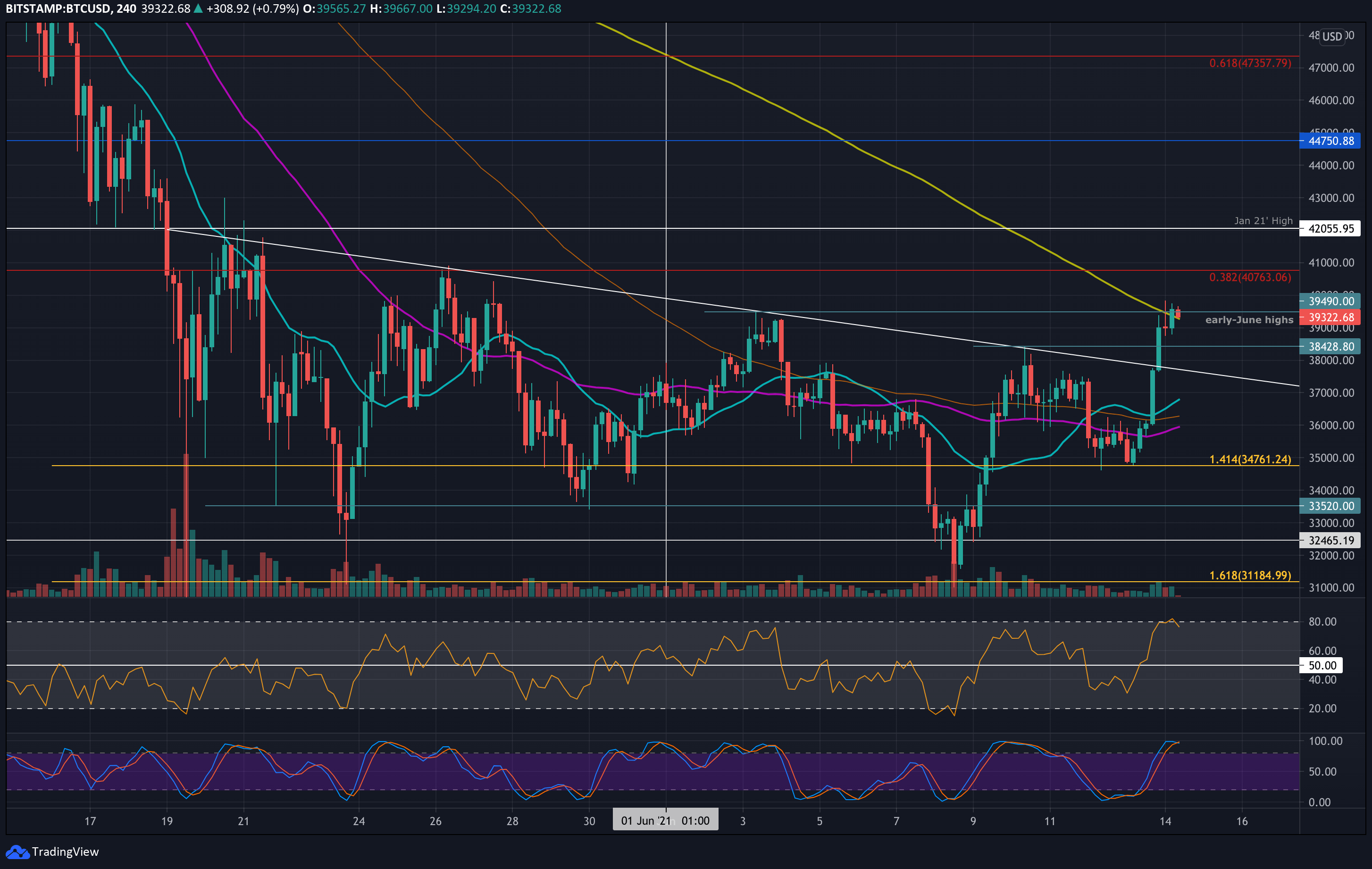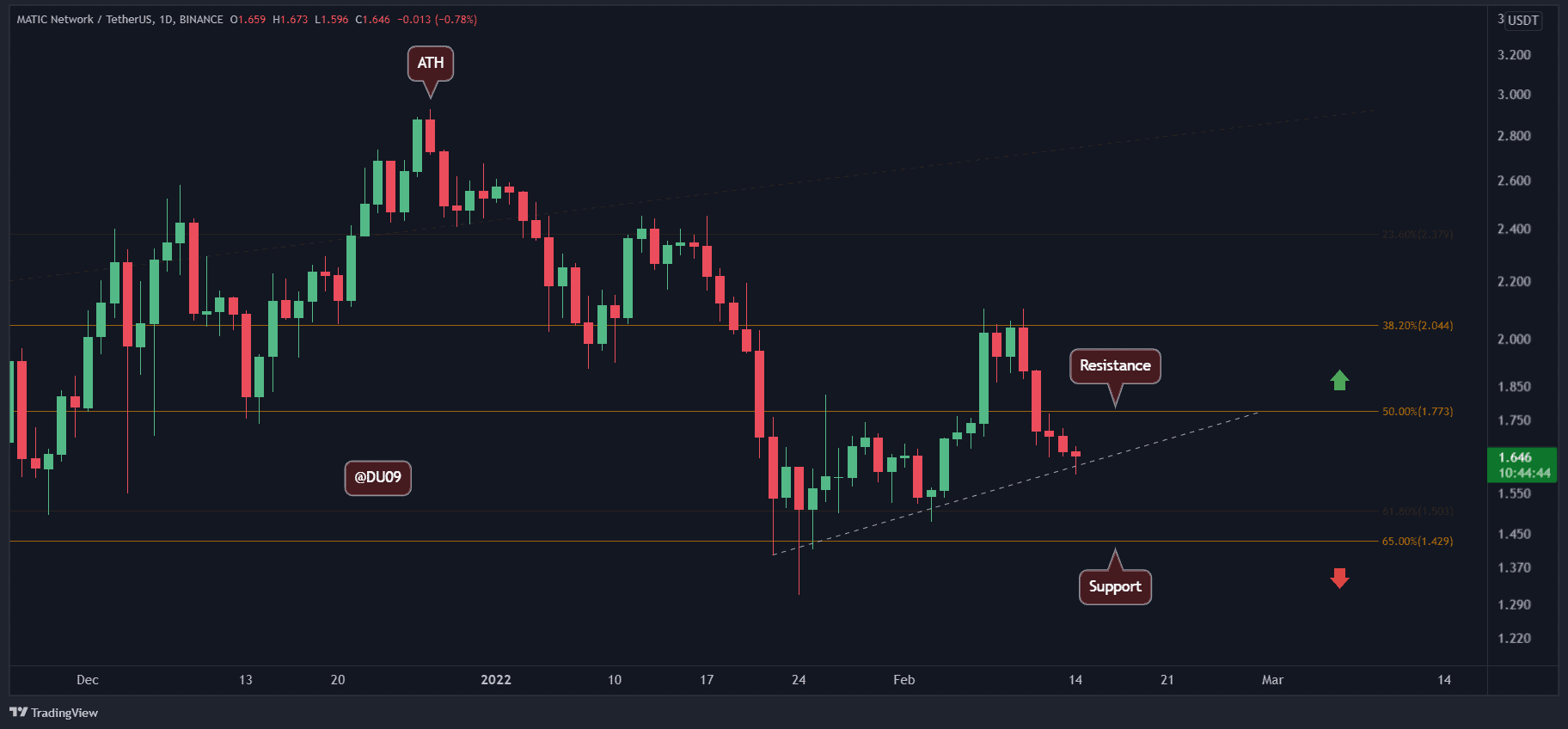
The Merkle Tree is a critical data structure in blockchain technology, playing a vital role in data integrity, scalability, and security. By allowing efficient verification of data, Merkle Trees contribute to the success of decentralized systems. This article explores the structure, function, and practical applications of Merkle Trees within blockchain networks, shedding light on their essential role in ensuring the efficiency and trustworthiness of blockchain systems.
What is a Merkle Tree?
A Merkle Tree, also referred to as a binary hash tree, is a tree structure used to store hashes of data. The structure begins with leaves that represent the cryptographic hashes of data blocks. As the tree builds upwards, non-leaf nodes are constructed by hashing pairs of child nodes. The Merkle Root, located at the top of the tree, is a single hash that uniquely represents the integrity of all the data within the tree.
Merkle Trees enable the efficient verification of the integrity of large sets of data by verifying only a small portion of the data, instead of the entire dataset. If any part of the data changes, the Merkle Root will change, indicating a discrepancy in the data.
Structure of a Merkle Tree
The Merkle Tree’s structure is based on a binary tree. Here is how the structure is formed:
- Leaf Nodes: The leaf nodes in a Merkle Tree are the hashes of the individual data entries. In the context of blockchain, these could be the hashes of individual transactions.
- Parent Nodes: Parent nodes are generated by hashing pairs of child nodes. If there is an odd number of nodes at any level, the last node may be duplicated to ensure all nodes are paired.
- Root Node: The Merkle Root, at the top of the tree, is the final hash that represents the entire dataset. It is used to verify the integrity of the data.
- Hash Function: A cryptographic hash function like SHA-256 or Keccak-256 is employed to generate the hashes. The hash function ensures that small changes in the input data lead to significantly different outputs, making data tampering easily detectable.
How Merkle Trees Work in Blockchain
In blockchain technology, Merkle Trees are crucial for organizing and verifying transactions. When a new block is added to the blockchain, a Merkle Tree is used to hash the transactions within the block. The Merkle Root is then included in the block header. This allows each block to represent a secure, verifiable set of transactions without needing to transmit every individual transaction.
Nodes in a blockchain network can verify the validity of a transaction by checking its hash along the Merkle Path leading to the Merkle Root, which makes the verification process both faster and more efficient.
Key Features of Merkle Trees
- Efficient Data Verification: Merkle Trees allow blockchain nodes to verify the validity of data with minimal computational effort by checking only a small portion of the dataset, namely the Merkle Path.
- Data Integrity and Security: Any modification in the data will change the corresponding hash, which will propagate through the tree and alter the Merkle Root. This ensures that tampering with data is easily detectable.
- Scalability: Since blockchain nodes only need the Merkle Root and the Merkle Path to verify transactions, the system is highly scalable. This reduces bandwidth usage and increases the efficiency of blockchain networks.
Use Cases of Merkle Trees in Blockchain
- Transaction Verification: Merkle Trees enable efficient transaction verification within blockchain networks. Instead of checking every transaction, nodes can verify the validity of a transaction by checking the Merkle Path.
- Efficient Block Validation: When a new block is added to the blockchain, Merkle Trees help validate that all the transactions within the block are legitimate and accurate, ensuring the overall consistency of the blockchain.
- Lightweight Clients (SPV Clients): Merkle Trees allow for lightweight clients, which do not need to download the entire blockchain. Instead, they only need to download the block headers and Merkle paths for the transactions they are interested in.
- Sidechains and Rollups: Merkle Trees are also used in sidechains and rollups to aggregate transactions off-chain and then verify them on the main blockchain, increasing scalability.
- Cross-Chain Communication: Through Merkle proofs, transactions from one blockchain can be validated on another blockchain, facilitating interoperability between different blockchain networks.
- Data Provenance and Auditing: Merkle Trees are useful in tracking the provenance of data, as the hash structure allows for easy detection of changes and verification of the data’s history. This is important in sectors like supply chain management.
Merkle Trees are an indispensable feature of blockchain technology, providing a secure and efficient way to verify the integrity of transactions and data. By organizing data in a tree-like structure and utilizing cryptographic hashing, Merkle Trees enable scalable and secure blockchain networks. As blockchain technology continues to evolve, Merkle Trees will remain an essential tool for ensuring that decentralized systems remain efficient, transparent, and trustworthy.



